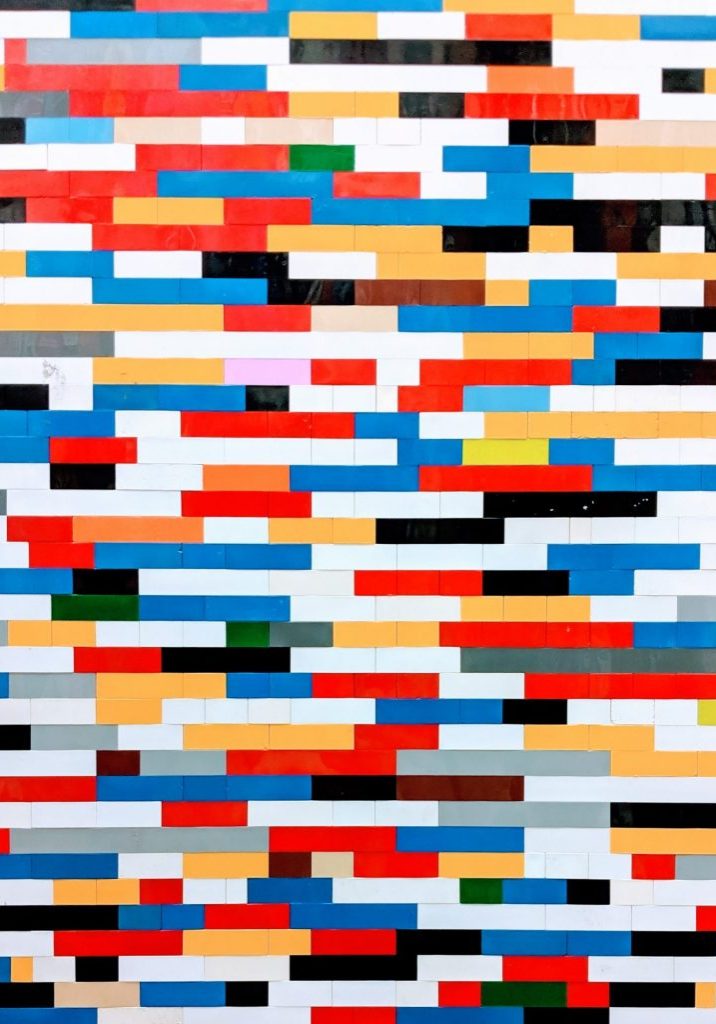Today’s consumers want their purchases to have a positive impact, but it’s easy to launch an impact-focused campaign that completely misses the mark. How can you be sure that your social impact product or program will truly make a difference?
LEGO’s launch of Braille Bricks has sparked joy for people around the world while addressing a critical issue within braille literacy. The program matches the strengths of the Lego product with the core needs of a community, creating a game-changing outcome.
In celebration of Braille Literacy Month, let’s take a look at the key features that made this product rollout such a success!
Boosting Braille Literacy
Learning braille from a young age helps with literacy and leads to higher levels of employment for visually impaired people. You may think that all visually-impaired people use braille, but that is not the case. Many school districts lack braille materials as a resource for students. Out of the estimated 60,400 students in US public schools, only 8.5% read braille.1
Associations for the blind first observed that LEGO blocks offer a tangible and fun way for visually impaired kids to learn. They brought the idea to LEGO Group and the LEGO Foundation to create, test and distribute Braille Bricks.
The bricks are used as aides to help visually impaired students who are new to learning with braille. By printing braille numbers, letters, and words onto LEGO blocks, LEGO provides students with interactive physical representations of the concepts they are learning. They help students to learn additional languages, mathematics, and other subjects.
See this video for a live braille bricks demo.
Learning goes beyond the LEGO brick
When Braille Bricks were first released, LEGO also launched a full-scale online facilitation tool on their website with over 90 interactive Braille Bricks activities, including pre-braille activity groups for children learning braille for the first time and braille activity groups for kids who are already literate.
LEGO listens to the experts
Braille Bricks were extensively piloted before rollout, allowing LEGO to test and adjust the concept across different languages and cultural contexts. LEGO gathered feedback from children, parents, teachers and partner organizations throughout piloting phases.
The LEGO Foundation is also continuing to work with teachers of the visually impaired to further develop and improve the Braille Bricks. Teachers submit activity ideas online to add to the inventory and engage with each other to share experiences and best practices.
Teachers are thoroughly trained to use Braille Bricks
Braille Bricks are available to select institutions that cater to the education of children with visual impairment. The LEGO Foundation works together with official partners in each country to ensure that the teaching concept behind the bricks is clearly communicated and implemented. In the United States, Braille Bricks are available to order for educators working with visually impaired children through The American Printing House for the Blind.
The value of Braille Bricks goes far beyond money
While many social impact products are built around a for-profit model, this wasn’t the right fit for LEGO’s Braille Bricks. Adding a financial barrier would have limited the primary goal of the product, which was to expand accessibility of braille learning tools.
LEGO exists to 'Inspire and develop the builders of tomorrow', encouraging children to think creatively, reason systematically, and release their potential. Braille Bricks reflect the LEGO company leaning into its own mission and expanding the brand’s influence to marginalized communities.
The development of Braille Bricks serves as proof that brands realize lots of positive brand value from social impact projects that can extend beyond financial gain. For example, the product's website is bringing in more than 3,500 visitors per month, thanks to more than 70,000 backlinks from news outlets and other websites. Increased visibility can boost a brand’s reputation, and it’s likely that this initiative contributed to LEGO’s positive perception; the brand was voted the world’s most reputable company in 2021.

From a single pilot project in 2019, LEGO’s educational toy is now available in twenty countries. The positive reception and continued expansion of Braille Bricks proves that doing good in the world and creating a fantastic product are not mutually exclusive.
By creating a comprehensive product experience, gathering consistent input from experts, piloting before rollout, and choosing the right profit model, LEGO has successfully launched a product that offers a revolutionary solution for a critical need.
Are there parts of LEGO’s approach that you could incorporate into your own social impact plan? With careful planning and the right partners, you will be well on your way to launching an equally inspiring program!


Responses